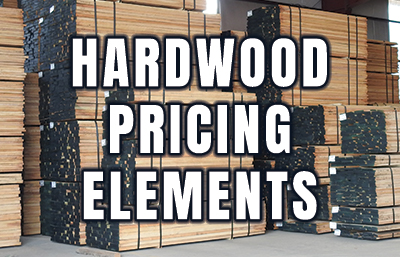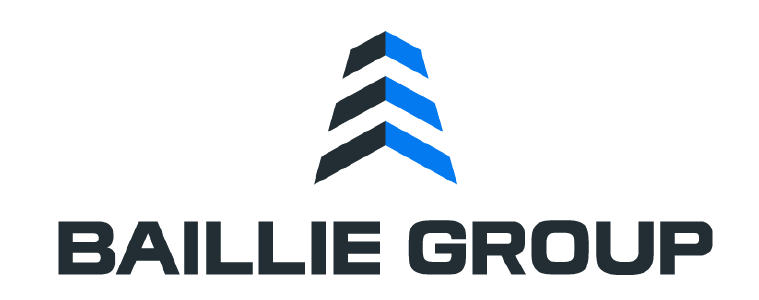Have you ever thought about how a piece of hardwood lumber is manufactured? Have you ever thought about all the different stages it goes through to get into a sell-able form? It can be quite interesting to think about how lumber goes from the forest to the manufacturing plant. Sometimes, when you add each phase together you can get a good picture of the key elements impact the overall total of the hardwood lumber pricing.
through to get into a sell-able form? It can be quite interesting to think about how lumber goes from the forest to the manufacturing plant. Sometimes, when you add each phase together you can get a good picture of the key elements impact the overall total of the hardwood lumber pricing.
From the forest to the sawmill – From the time a forester is asked to visit a tract of land to be harvested and select the trees to be cut, to the time a logger fells, de-limbs and bucks the tree for transportation to the mill, costs are accumulating. The costs for these activities vary but usually take the place of either a lump sum payment for the entire job or a price per unit harvested by volume, species, and grade.
Transforming hardwood logs to boards – In the sawmill hardwood logs are transformed from round tree trunks to flat boards. They go through a process of debarking, sawing into various thicknesses, edging to be made square and then categorized by size, thickness, grade and appearance. In a sawmill the cost of sawing logs to lumber includes many variables with the main ones being cost of logs, man power and machine operating costs. Totaled this can represent up to 50-70% of the final hardwood lumber cost to the customer.
Green lumber to kiln dried lumber – Moisture within hardwood lumber needs to be removed before it can be used in most consumer products. This process is referred to as the drying process and can be a combination of air-drying, (lumber in stacks on sticks in the open air on the yard), pre-drying, (the use of sheds, fans, vents and baffles to control air flow), and kiln drying techniques, (climate controlled heat treatments with specific humidity levels and air flow). In most cases the goal is get the lumber moisture content down to between 6-8%. The lumber drying process can amount to another 10-20% of the total lumber cost.
Grading, sorting and packaging lumber – This phase is usually labor intensive but it enables suppliers to properly account, value and prepare the lumber for shipment to their customers. These activities take place in the lumber concentration yard and enable the hardwood supplier to prepare the different hardwood lumber products for sale.
Freight costs – Transporting lumber from the hardwood concentration yard to the customer destination can take many different forms. Flatbed truck, rail car, containers of oceanic vessels, they are all used in one form another. Costs are based on distance and mode of transportation. They vary based on time of year, demand and the price of fuel and labor. All this to say that an average cost for transportation cannot really be stated. It is best to obtain an exact quote at the time of order. However, in general the cost for transportation could total up to 10-20% of your total lumber purchase.
Many hardwood lumber suppliers, like those within the Baillie Group, offer additional value added services that can add to the overall price of a load of hardwood lumber. Custom sorting, ripping, surfacing and even moulding into S4S products are just a few services that can add hundreds of dollars to the per thousand dollar price of lumber.
We are fortunate to have a strong set of industry journals and publications, such as the Hardwood Market Report and the Hardwood Review, that summarize hardwood lumber pricing averages and trends. These can be valuable resources for those looking to better understand the current state of the market.
Lastly, the hardwood lumber industry is one that is impacted by the natural laws of supply and demand. What we like to say is succeeding in business is hard, buying your hardwoods shouldn't be! Trust us to be your hardwood advisor and supplier! Our unmatched supply and industry expertise, ensures you have access to the right hardwoods at the right price and time!
Consider contacting us today to discuss your hardwood lumber needs! 
Tony C.
The Baillie Group
----------------------------------------------
Common terms used in hardwood lumber pricing:
Price per thousand, (/MBF) – The price of the lumber per one thousand board feet.
Net measured tally – the term used for lumber measured for tally after being kiln dried.
Gross measured tally - the term used for lumber measured for tally before being kiln dried.
C.I.F. – Cost, insurance, freight. An export pricing term meaning that these three elements are included in the quoted price.
F.O.B. – Free on board. A freight term used to indicate where the load of lumber changes
ownership and to what extend transportation costs are included. (IE: F.O.B. Mill or F.O.B. Delivered)

